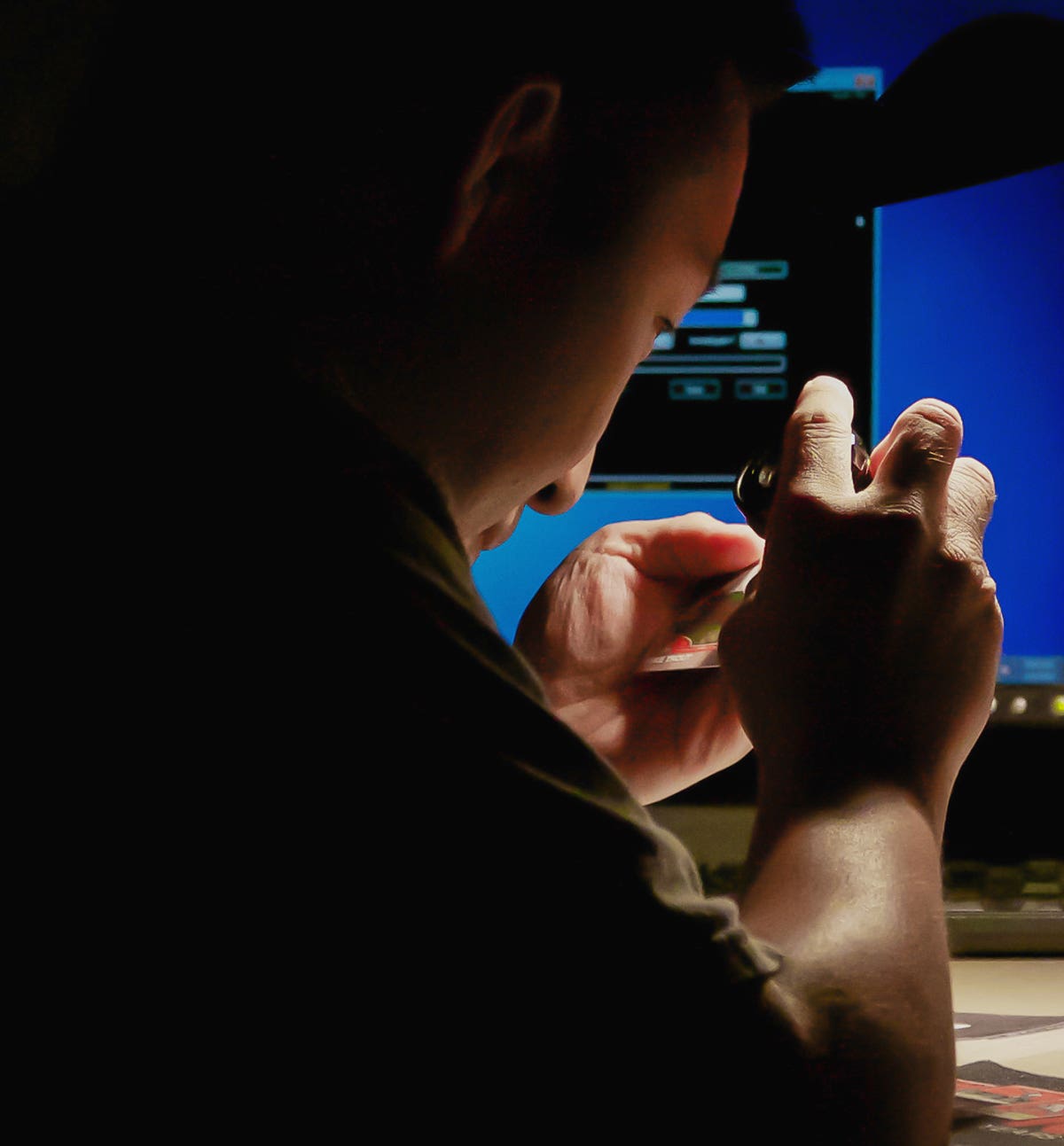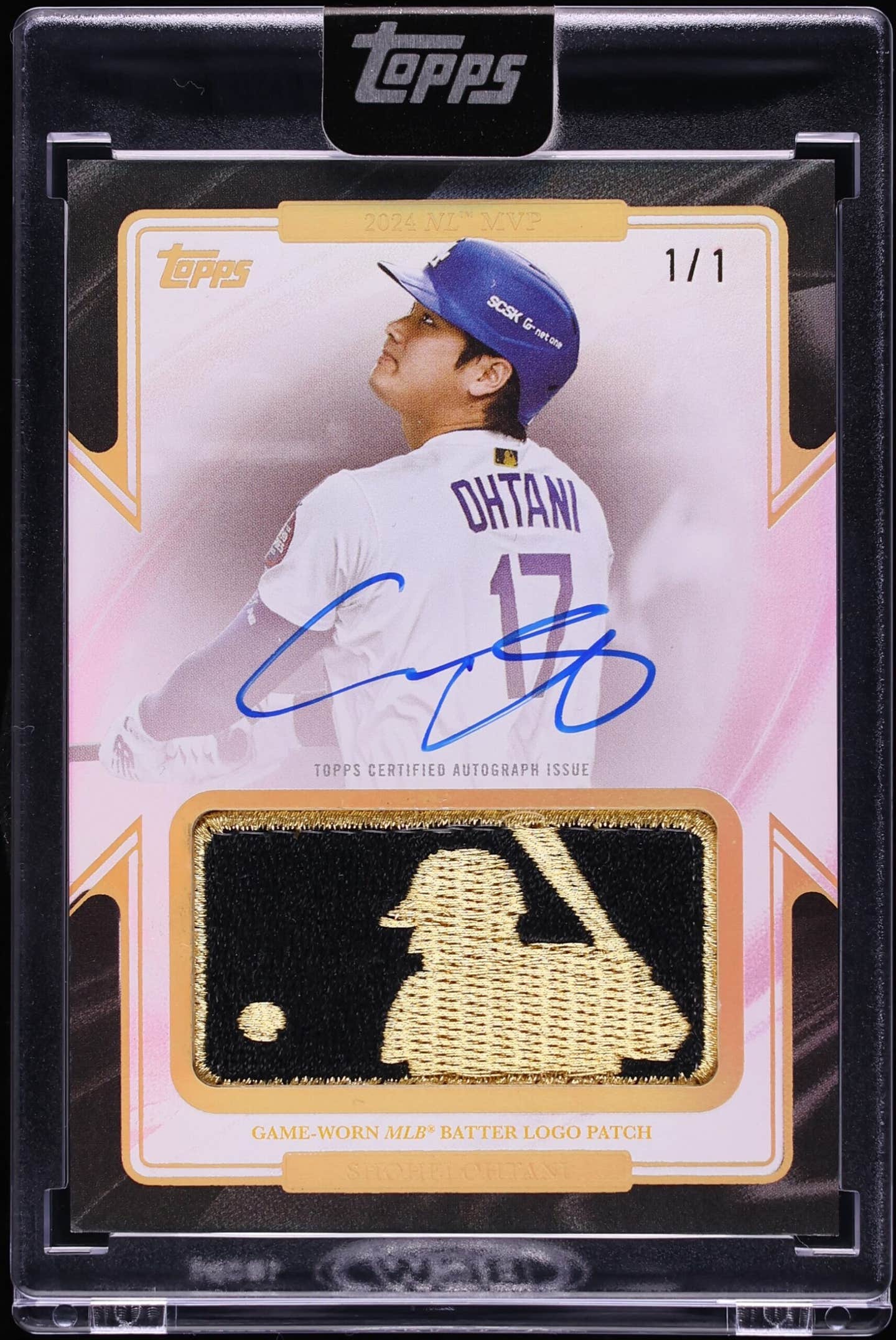Joe DiMaggio
A look at major league family ties through the cardboard hobby
By Richard Cuicchi
Baseball players with relatives in the game have been around since the beginning of the professional sport. If you count the National Association as the first major league, brothers Doug and Art Allison and George and Harry Wright played in the inaugural season in 1871. The first son of a major leaguer to also play in the majors was Jack Doscher in 1903. His father, Herm, had been a big leaguer from 1872 to 1882.
Fast forward to the beginning of the 2017 season, there had been almost 500 brother combinations and nearly 250 father-son combinations to have appeared in the majors. The number of players who are uncles, nephews, cousins, and in-laws of other major leaguers is prevalent as well.
Throughout the years, baseball cards have contributed to the recording of baseball history, which includes many of the occurrences of family ties in the sport.
However, early baseball cards didn’t typically feature more than one player per card. So while there were numerous instances of family ties in the early days of the sport, they weren’t depicted together on a single card. Furthermore, the individual player cards in those early years didn’t contain textual biographical information (like today) that might identify players as having a brother in baseball.
The 1872 Warren Studio Boston Red Stocking Cabinets set included individual cards of George and Harry Wright of the champions of the premier season. The Old Judge (N172) set issued by Goodwin & Co. during 1887-1890 was the largest among the early sets, with over 500 different players. It included individual player cards of several of the early major league brothers, including Ed and Con Daley, Pat (Tom) and John Deasley, Buck and John Ewing, Art and John Irwin, Dave and Jack Rowe, Orator and Taylor Shafer, Bill and John Sowders, and Gus and John Weyhing.
Jack and Mike O’Neill cards are included in the extremely rare 1904 Allegheny Card Co. set, which is believed to have been produced only as a prototype and never distributed. The 1922 American Caramel (E120) series contains cards of brothers Jimmy and Doc Johnston and Bob and Emil (Irish) Meusel.
The 1935 Goudey 4-in-1 (R321) set contained colored portraits of four players, usually on the same team, on a single 2-3/8” x 2-7/8” card. The set was unique in that card backs form nine different puzzles. Wes and Rick Ferrell (appearing with Fritz Ostermueller and Bill Werber), Paul and Lloyd Waner (appearing with Guy Bush and Waite Hoyt) exist in this 36-card, unnumbered set.
Among the first sets to produce cards with brothers appearing on the same card in a single photo include the 1936 National Chicle Co. Pen Premiums (R313), a 3-1/4” x 5-3/8” blank-backed, unnumbered set that illustrated facsimile autographs. It’s not purely coincidental that this set pictured Wes and Rick Ferrell and Paul and Lloyd Waner, since they were among the first sets of major league brothers to both be star-quality players. The Ferrells formed a brother battery for the Boston Red Sox, while the Waners roamed the outfield as teammates for the Pittsburgh Pirates. The smallish Waners are posed in a comical shot on the shoulders of 6-foot-6 teammate Jim Weaver.
The 1941 Double Play (R330) set would have been the perfect set to show Joe and Dom DiMaggio on the same card, since the set was designed to feature two players on a single card with consecutive card numbers on each card. But that didn’t happen. Instead the DiMaggios were pictured separately on two cards, Joe with Yankees teammate Charley Keller and Dom with Red Sox teammate Frank Pytlak.
One of the most recognized cards with brothers appearing on the same card is in the popular 1954 Topps set. A card with twin brothers Ed and John O’Brien of the Pittsburgh Pirates is included in the set, which was the first to feature two player photos (a portrait and an action photo) on a card. The O’Briens, who formed the middle infield combo for the Pirates, are one of only eight sets of twins to ever play in the major leagues. They are shown together on the card in a kneeling pose with a bat on their shoulder, minus the action photo.
Bowman came up with a neat concept for its 1955 card design, its last as an independent card producer. Players were portrayed in color photos arranged inside a television set. Brothers Bobby and Billy Shantz, then playing for the Kansas City A’s, were included on a single card. An interesting circumstance in that card set involved brothers Frank and Milt Bolling, who were included on separate cards, but the backs of their cards incorrectly contained their brother’s biographical information. Their cards were later corrected, creating a variation for collectors.
The 1961 Topps set included a single card of Larry and Norm Sherry, battery-mates for the Los Angeles Dodgers. For the next 15 or so years, except for a few occasional years when brothers appeared together on Topps league leader cards (for example, Felipe and Matty Alou in the Topps 1966 and 1968 sets) and in reprint sets, cards showing family relationships were absent from sets.
The first major set to duly recognize players with relatives was the 1976 Topps issue. Five consecutively numbered cards comprised a subset captioned “Father & Son – Big Leaguers.” The father-son combos included Gus and Buddy Bell, Ray and Bob Boone, Joe and Joe Coleman, Jim and Mike Hegan, and Roy Sr. and Roy Jr. Smalley. Each card contained a photo from a previous Topps issue for the father and a photo from the current issue for the son. Interestingly, three of these family combinations (Bells, Boones, and Colemans) would eventually have a third generation play in the major leagues.
Topps followed up in 1977 with another relatives subset titled “Big League Brothers.” It contained four consecutively numbered cards that included George and Ken Brett, Bob and Ken Forsch, Lee and Carlos May, and Paul and Rick Reuschel.
The baseball card craze kicked into high gear in the mid-to-late 1980s when new card companies like Donruss, Fleer, and Upper Deck came onto the hobby scene. They each contributed a few relatives combo cards involving such families as the Niekros, Ripkens and Alomars. Topps produced its largest family ties subset with 13 consecutively numbered cards captioned “Father-Son,” as part of its 1985 base set. The father-son combos appeared on a single card, with the fathers being pictured in one of their former Topps cards as a player. A few of the combos were Yogi and Dale Berra, Tito and Terry Francona, Vern and Vance Law, and Dizzy and Steve Trout.
As part of its 1992 base set, Upper Deck issued a subset captioned “Bloodlines Set.” It had seven consecutively numbered cards that included major league cousins (Keith and Kevin Mitchell, Gary Sheffield and Dwight Gooden) in addition to several brothers, fathers and sons. One would expect Ken Griffey Jr. and his father to be in this set, but Upper Deck threw in an extra twist by also including brother/son Craig Griffey, who was in only his second minor league season.
Bowman followed the next year with a four-card subset called “Father and Son,” in which current players Ken Griffey Jr., Barry Bonds, Moises Alou, and Brian McRae were depicted with their fathers on the same card, while in the same team uniform. The fathers were shown in a larger photo while the sons were pictured in a smaller action shot insert.
In 1994 The Sporting News, in conjunction with MegaCards, did an admirable job of producing a 330-card series featuring photos taken by legendary sports photographer Charles Conlon. Similar series were produced in the three prior years. Included in the 1994 series were a dozen cards showing major league brothers, who had played during 1900 to 1945, on a single card. For some of the players, it was the only baseball card ever produced with their image. Cards for Dizzy and Daffy Dean, Wes and Rick Farrell, and Bubbles and Pinky Hargrave contained a single Conlon photo of the players posed together, while the other cards contained separate Conlon images of the brothers. Some of the lesser known big league brothers who were depicted in the subset included Andy and Hugh High, Wade and Bill Killefer, and Al and Ivey Wingo. A burgundy-bordered parallel set was also produced for the 1994 series.
The proliferation of parallel sets contributed to variations of cards showing major league relatives. For example, brothers Bengie and Jose Molina were depicted together on several 2005 Topps-produced sets, including Base, 1st Edition, Chrome, Chrome Refractor and Chrome Black Refractor.
Similar to the 1992 Upper Deck set with Craig Griffey, the 2003 Topps Heritage set included a single card of Joe Mauer and his brother, Jake, who was in the minors at the time.
The 2016 Topps Archives set included a subset of seven cards, containing family relationships on a single card, in the same format as the 1985 Topps version of the Father-Son subset. Ray and Bob Boone appeared in the 1985 set, while the 2016 set include Bob and Bret Boone. Tito and Terry Francona are carried over from the 1985 set, but with different retro card images. Recent major leaguer Dee Gordon and his father, Tom, are also included.
Fortunately for collectors, the majority of cards depicting players with their relatives are very much available and still affordable, except for the older cards prior to 1960. My checklist of baseball cards with multiple relatives can be viewed at https://baseballrelatives.wordpress.com/baseball-cards/.
Richard Cuicchi is a freelance writer for Sports Collectors Digest. He can be reached at richard@thetenthinning.com. His book Family Ties: A Comprehensive Collection of Facts and Trivia about Baseball’s Relatives covers the many family relationships throughout the history of the sport. He also maintains a website, Baseball’s Relatives, as an extension of the book, that has additional baseball family ties information. The link is https://baseballrelatives.wordpress.com/








